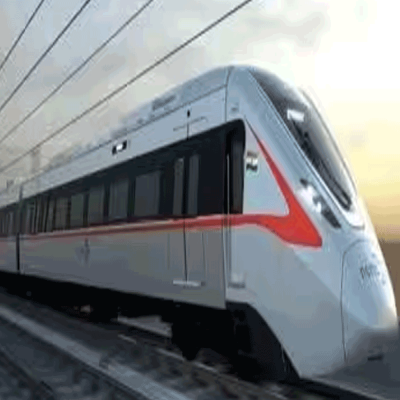

The Asian Development Bank (ADB), headquartered in Manila, announced on Monday the approval of two loans, each amounting to $250 million. One of the loans will support the construction of an 82-km Delhi-Meerut Regional Rapid Transit System (RRTS) corridor. The other loan, also $250 million, is dedicated to sustaining the development of industrial corridors. The objective is to enhance the competitiveness of manufacturing, fortify national supply chains, foster connections with regional and global value chains, and generate higher quality employment opportunities.
In 2020, ADB had previously sanctioned a Multi-tranche Financing Facility (MFF) of $1,049 million for the RRTS project. This initiative, part of the NCR Regional Plan 2021, aims to establish the first of three priority rail corridors connecting Delhi to neighbouring cities. The initial tranche of the ADB loan amounts to $500 million, with an additional $500 million co-financed by the AIIB.
Following the loan agreement signing, Juhi Mukherjee, Joint Secretary at the Finance Ministry, emphasised that the investment project would enhance urban mobility, with positive economic impacts extending to women and differently-abled individuals.
In a separate statement, it was mentioned that the loan for Subprogram 2 would facilitate the integration of industrial corridors with transportation, logistics, and urban facilities under the government's Prime Minister Gati Shakti platform.
This loan builds upon the $250 million Subprogram 1 loan approved by ADB in October 2021. The previous loan played a crucial role in strengthening policy frameworks for the Government of India's National Industrial Corridor Development Programme (NICDP) and contributed to the development of 11 industrial corridors.
The overall program is anticipated to generate employment opportunities in the manufacturing sector across industrial nodes, encompassing areas such as agribusiness, automotive, electronics, food and beverages, heavy machinery, pharmaceuticals, and textiles. Additionally, it is expected to contribute to poverty alleviation in the corridor states.